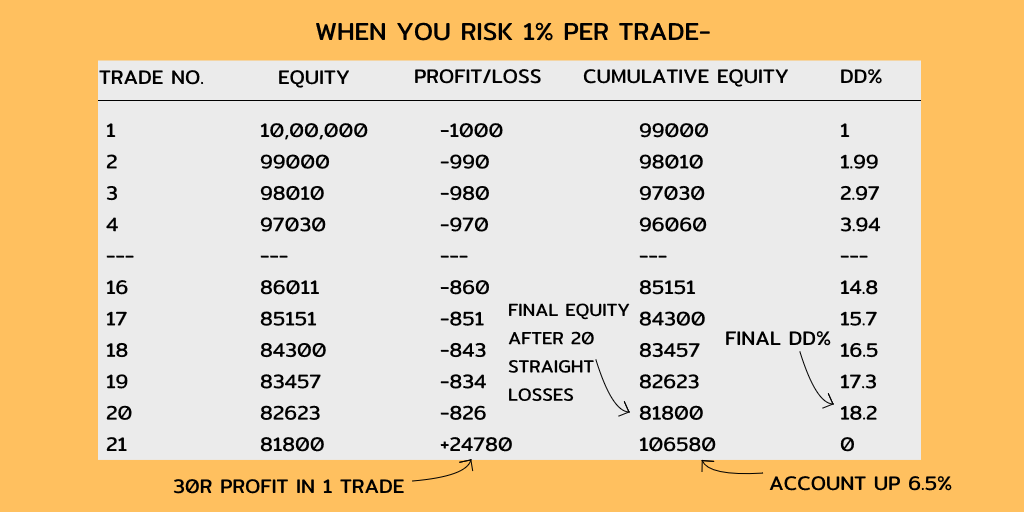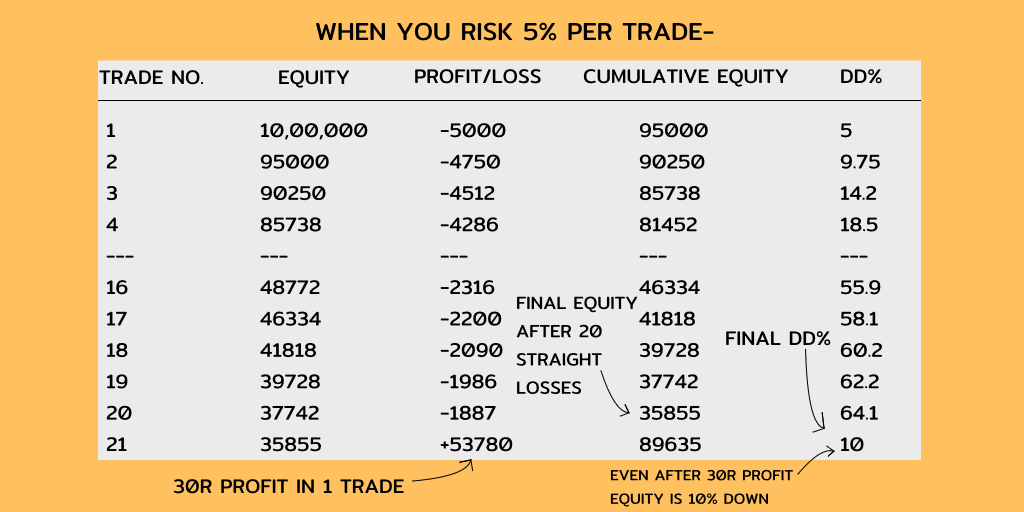THE TRADER'S EDGE: THINKING IN PROBABILITIES
Casinos make consistent profits day after day and year after year, doing something random
At the same time, most traders believe that the outcome of the market's behavior is not random,yet can't produce consistent profits
Thread 🧵
What casino owners ,professional traders know is that probable outcomes can also produce consistent results if you " Have an edge" and trade on a large enough sample size.
The best traders treat trading like a numbers game.
1. To illustrate, let's look at the game of blackjack-
In blackjack, the casinos have approximately a 4.5-percent edge over the player.
This means that casinos will make profit over a large enough sample size, even after several winning streaks and big profits of many players.
At the end of the day, week, month, or year, the casino always ends up with approximately 4.5 percent of the total amount wagered.
That 4.5 percent might not sound like a lot, but let's put it in perspective.
Suppose a total of $100 million dollars is wagered collectively at all of a casino's blackjack tables over the course of a year. The casino will net $4.5 million.
What casino owners and pro traders understand about the nature of probabilities is that each individual hand played




